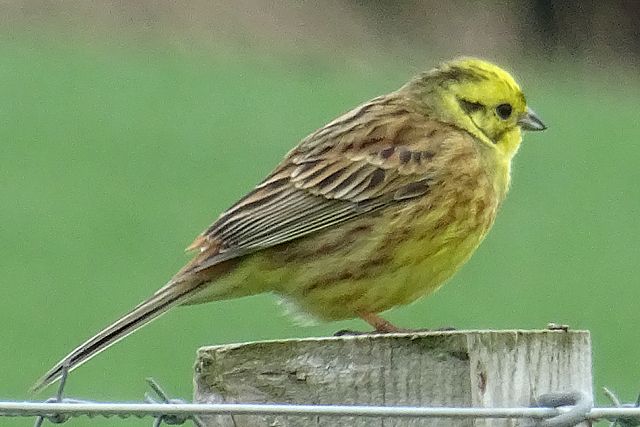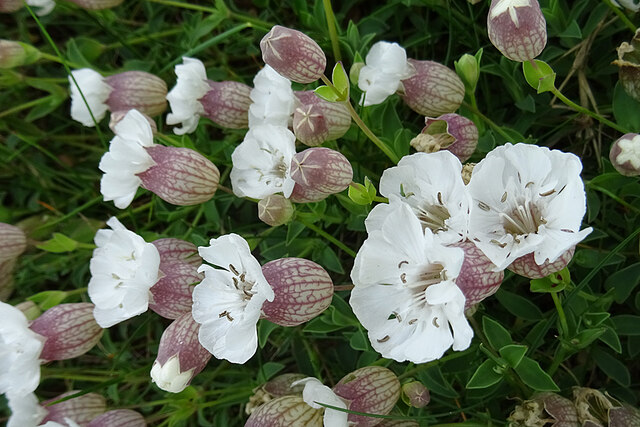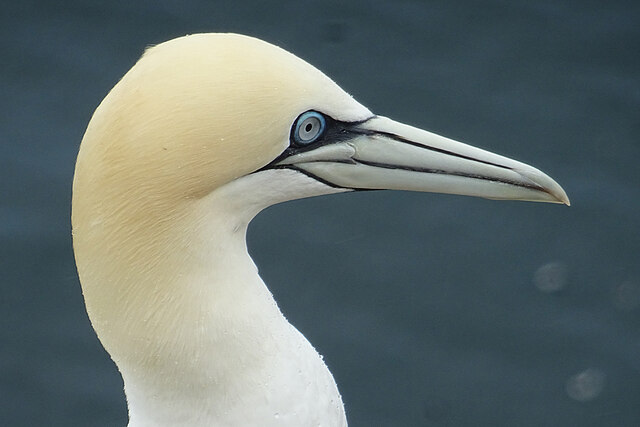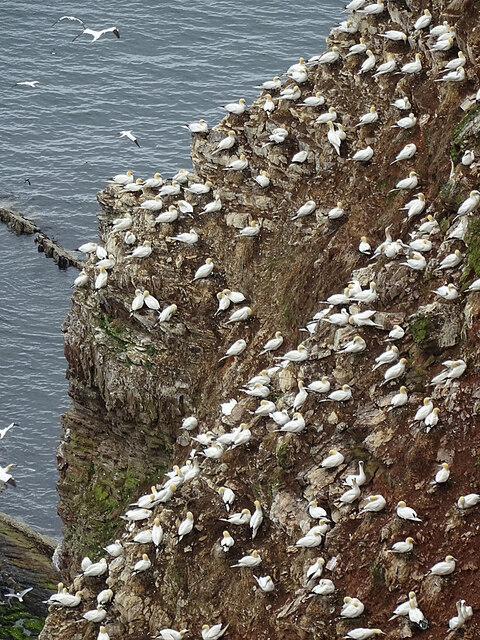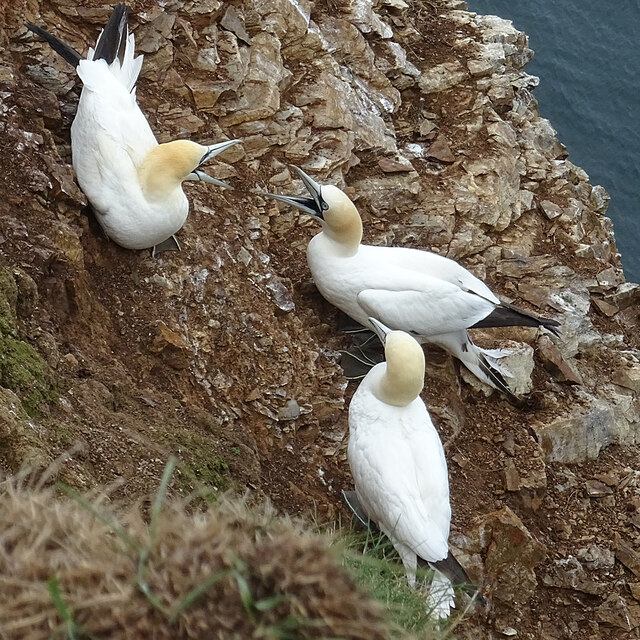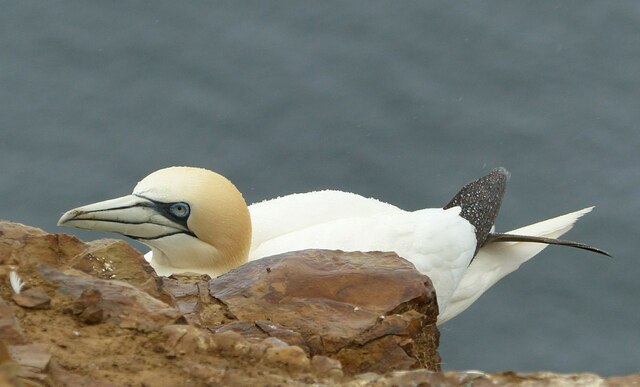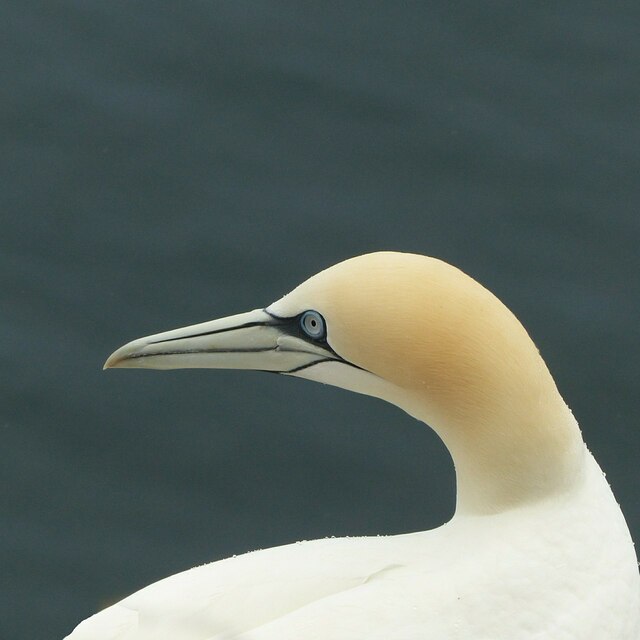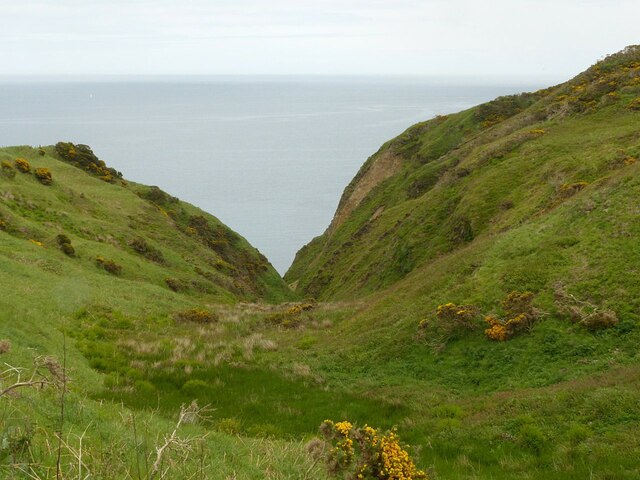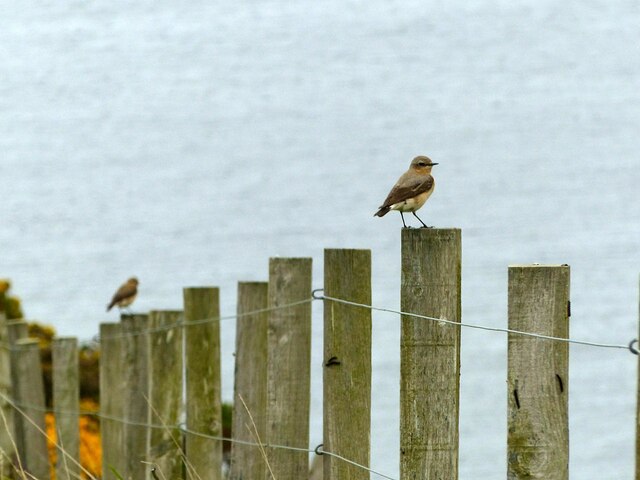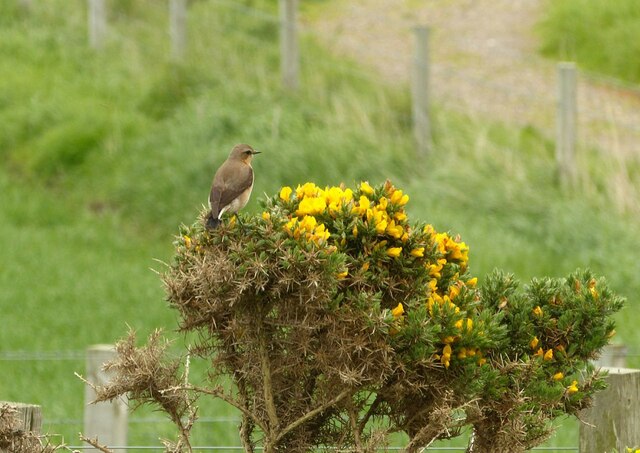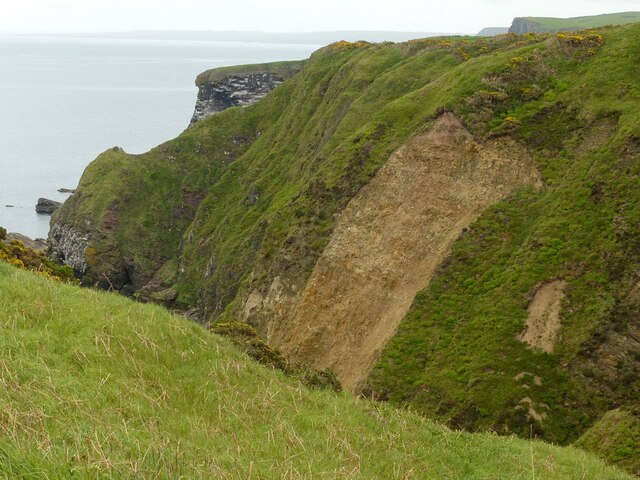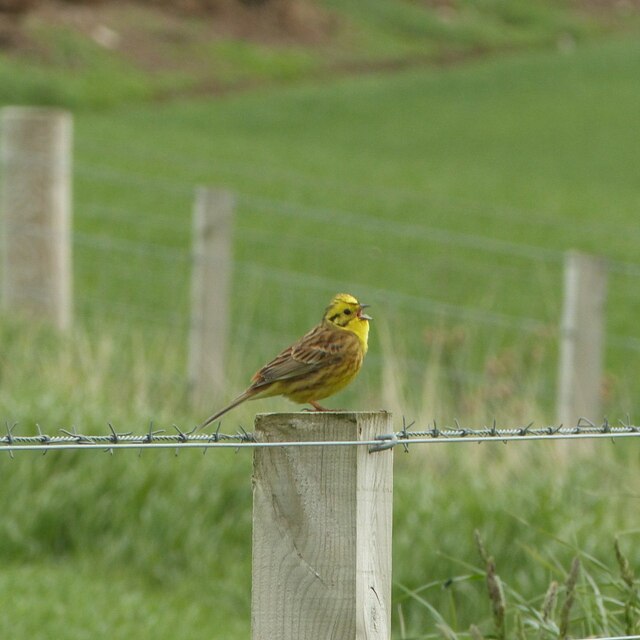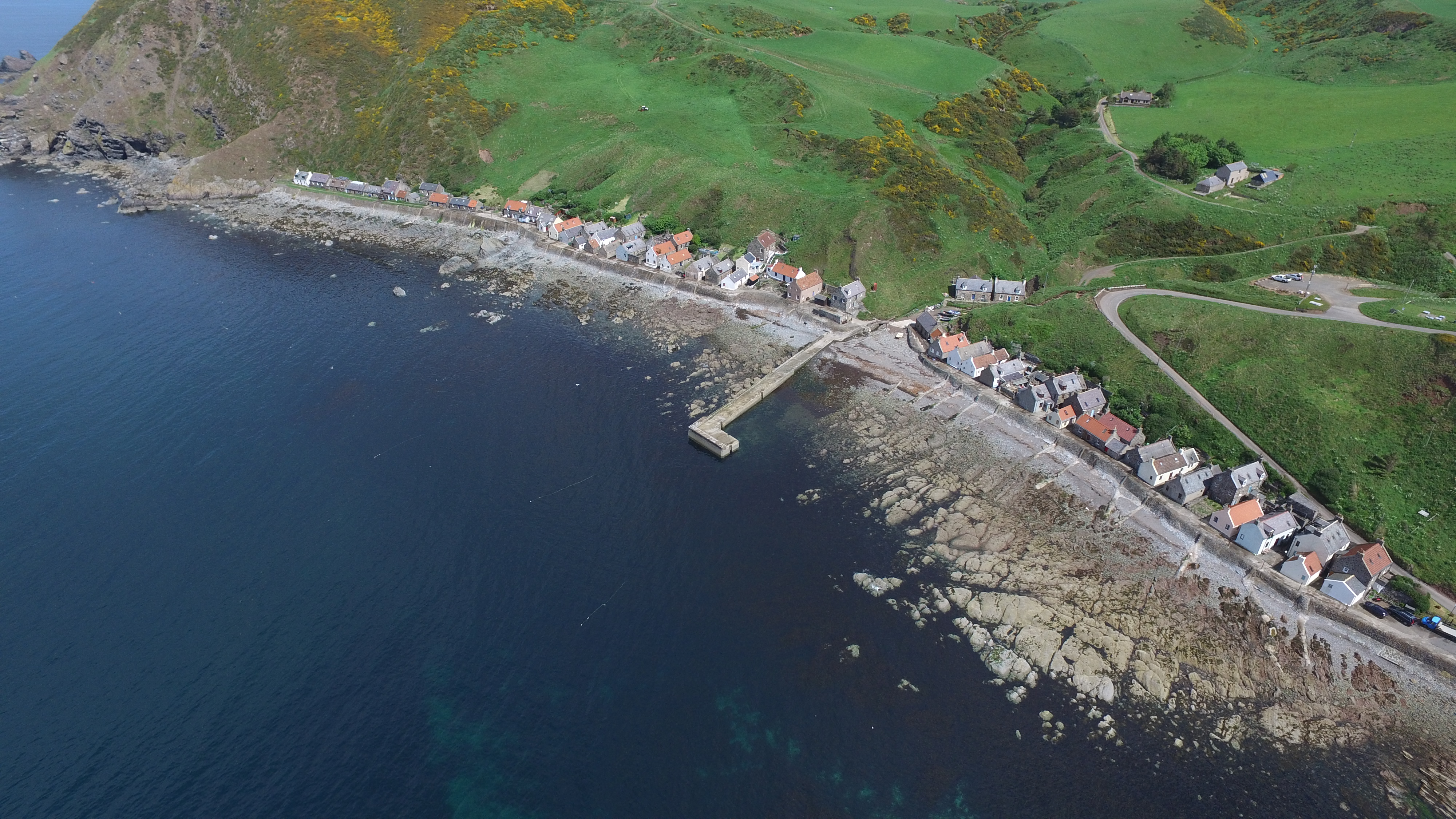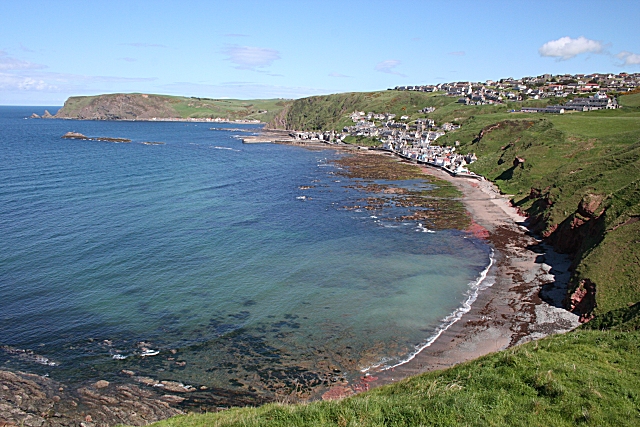Bell House
Beach in Banffshire
Scotland
Bell House

Bell House is a charming coastal property located in Banffshire, Scotland. Situated on the picturesque shores of the North Sea, this beach house offers a tranquil getaway with stunning views and access to a beautiful sandy beach.
The house itself is a traditional Scottish stone cottage, exuding character and charm. It features a thatched roof, whitewashed walls, and a cozy interior. With two bedrooms and a spacious living area, it can comfortably accommodate up to four guests. The decor is tasteful and reflects the coastal surroundings, with nautical themes and light, airy colors.
The standout feature of Bell House is its prime location on the beach. Guests can step out of the cottage and directly onto the sandy shores, where they can enjoy long walks, sunbathing, and even swimming in the clear waters of the North Sea. The beach is also known for its wildlife, with seals often spotted basking on the rocks and a variety of seabirds soaring overhead.
Beyond the beach, Bell House is ideally situated for exploring the wider Banffshire area. The nearby town of Banff offers a range of amenities, including shops, restaurants, and historical attractions such as Duff House. Additionally, the surrounding countryside is perfect for outdoor enthusiasts, with opportunities for hiking, fishing, and golfing.
In summary, Bell House is a charming beachside retreat in Banffshire, Scotland. With its idyllic location, cozy interior, and access to stunning natural surroundings, it provides the perfect base for a relaxing coastal getaway.
If you have any feedback on the listing, please let us know in the comments section below.
Bell House Images
Images are sourced within 2km of 57.688091/-2.284939 or Grid Reference NJ8366. Thanks to Geograph Open Source API. All images are credited.
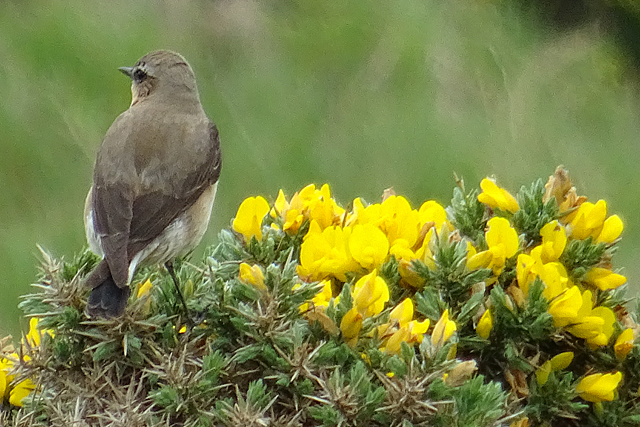
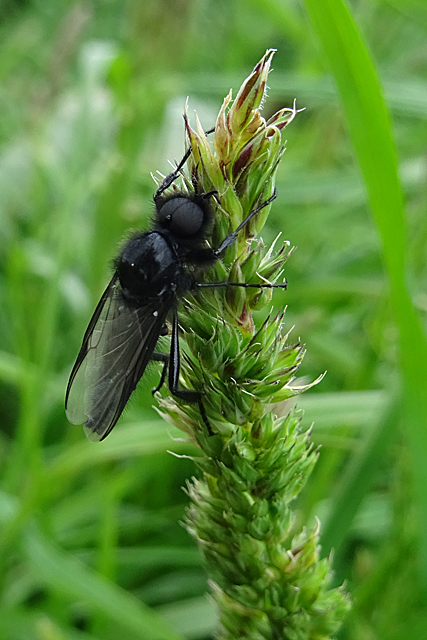
Bell House is located at Grid Ref: NJ8366 (Lat: 57.688091, Lng: -2.284939)
Unitary Authority: Aberdeenshire
Police Authority: North East
What 3 Words
///snail.activism.thinnest. Near Rosehearty, Aberdeenshire
Nearby Locations
Related Wikis
Pennan
Pennan (Scots: Peenan) is a small village in Aberdeenshire, Scotland, consisting of a small harbour and a single row of homes, including a hotel. It is...
Auchmeddan Castle
Auchmeddan Castle was a castle, most likely dating from the 16th century, now demolished, located 9 miles (14 km) west of Fraserburgh, at Mains of Auchmeddan...
Crovie
Crovie is a small village in Aberdeenshire, Scotland, dating from the 18th century, a time when the sea was the only mode of transport to and from Scotland...
Gamrie Bay
Gamrie Bay is a bay in Aberdeenshire, Scotland. The bay is between Crovie Head and More Head. The villages of Gardenstown and Crovie are located within...
Gardenstown
Gardenstown (Scots: Gamrie) is a small coastal village, 8.7 miles (14.0 km) by road east of Banff in Aberdeenshire, northeastern Scotland. The village...
St John's Church, Gamrie
St John's Church is a ruined church and kirkyard in the parish of Gamrie, Aberdeenshire, Scotland. The church, dedicated to St John the Evangelist, was...
Dubford
Dubford is a small village in northern coastal Aberdeenshire, Scotland. Dubford is situated along the B9031 road approximately 6 kilometres (3.7 mi) east...
Rescue from SS William Hope
In the 1884 rescue from SS William Hope in Aberdour Bay off the north coast of Aberdeenshire in Scotland Jane Whyte rescued fifteen sailors from their...
Nearby Amenities
Located within 500m of 57.688091,-2.284939Have you been to Bell House?
Leave your review of Bell House below (or comments, questions and feedback).


